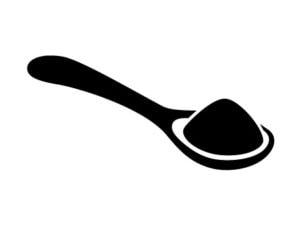According to homeopathic theory, any substance that causes symptoms can be used as a medicine, once the symptoms it causes are established during controlled experiments called provings. The New School, as homeopathic medicine became known, quickly attracted many talented physicians who set out to conduct new proving experiments and introduced hundreds of new drugs.
Most of these drugs are used in homeopathy to this day, and many were since incorporated into conventional medicine, such as digitalis, atropin (from Belladonna) and nitroglycerin.
Digitalis produces a slow heartbeat. It is used in conventional medicine to suppress the symptoms of heart fibrillation (“anti”-pathic or enantiopathic use). In accordance with the homeopathic method, by using a small dose, it can be used to cure heart failure characterized by slow heart beat. Nitroglycerin produces dilation of blood vessels and a variety of other symptoms. It is used in conventional medicine to oppose contraction of coronary blood vessels in angina. If used homeopathically it can cure a number of disorders such as sunstroke, headaches, nausea, fainting and convulsions of cerebrovascular origin. In other words, in small doses, it can be used to cure the symptoms produced by the drug, like an antidote!

